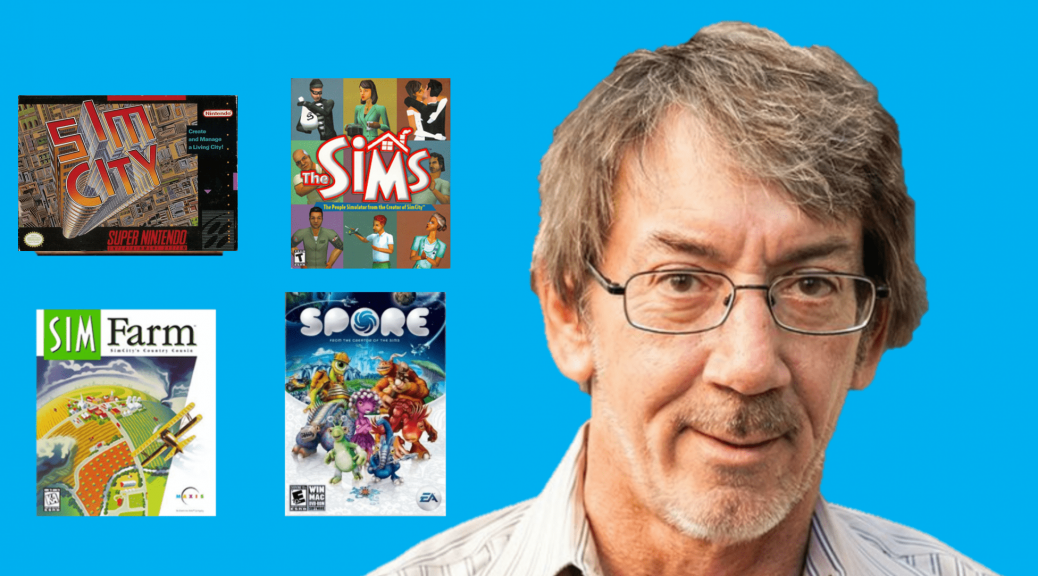Will Wright in a Nutshell
Video games Wright has designed: Raid on Bungeling Bay (1984) SimCity (1989) SimEarth (1990) SimAnt (1991) SimLife (1992) SimCity 2000 (1993) SimCopter (1996) The Sims (2000), Spores (2008). Will Wright is the game designer behind wildly success simulation games / non-zero sum games. SimCity was one of the first truly viral single player zero-sum games on the market in early the 90s. He went onto develop SimEarth, SimAnt and SimFarm to name a few. He then developed The Sims which was another massive hit. He also create Spore and is currently working on Proxi….below are notes from his Masterclass as well as interviews over the years. Enjoy!
The Fundamentals of Game Design
You should understand that games are a vehicle that helps us derive an alternative perspective on reality. We observe reality only through our own perspective, games enlighten us by providing another perspective. As a game designer, you are really just building a toy. It is when the players plays with the discrete toy that it turns into a game.
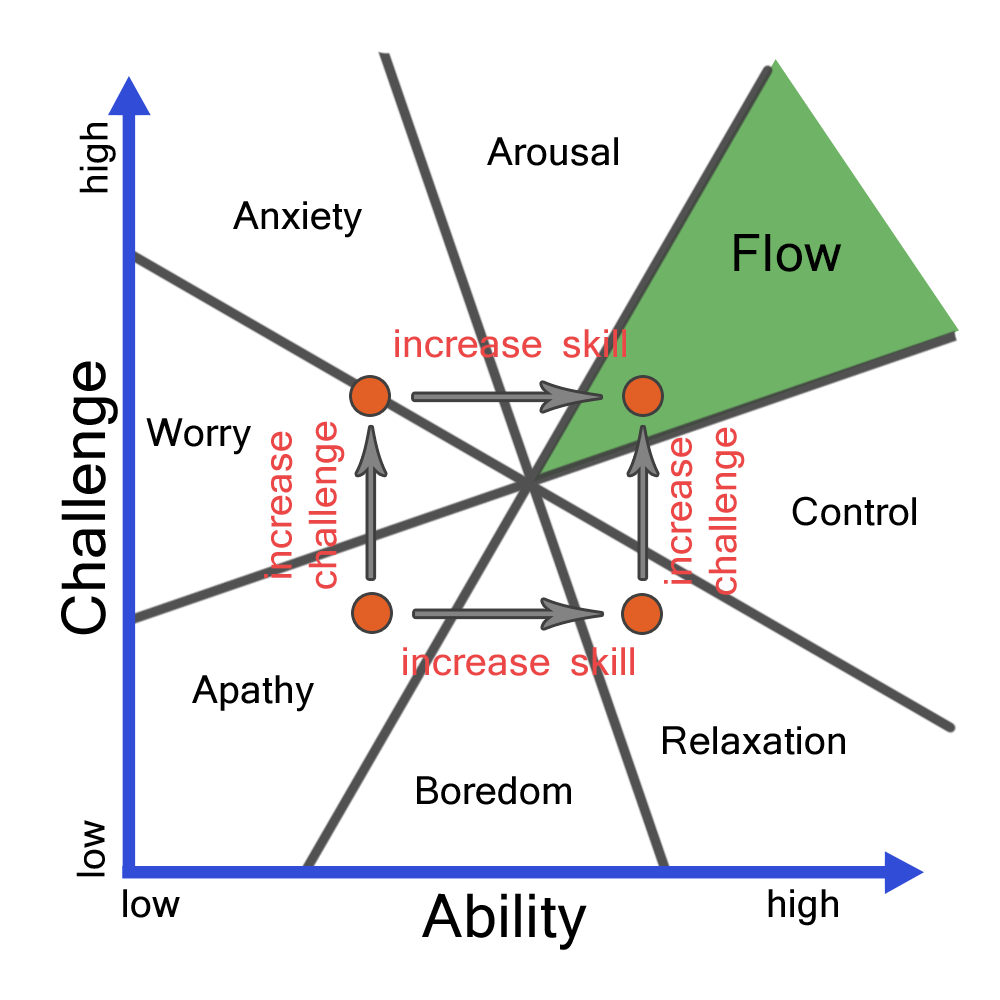
Psychology of the Players, Designers and Co-workers
- A major part of game design is to understand how to use game mechanics to try to predict how people will play the game.
- Real world simulation is Will Wrights focus. Games are toys. Games have basically borrowed from many other design fields such as:
- film,
- mathematics,
- interior design,
- architecture,
- theatre,
- books,
- journalism,
- radio,
- TV,
- cognitive psychology,
- fine art,
- product design,
- engineering,
- data science
- and other video games.
- In order to be great game designer, you need to be well-rounded. You should expose yourself to design fields; how does a designer work? Always think about how to communicate your design basically. Design a game on a piece of paper and you are better off developing on a simple piece of paper then spending a lot time building up a grand design. Share your ideas with others. Same with story telling really.
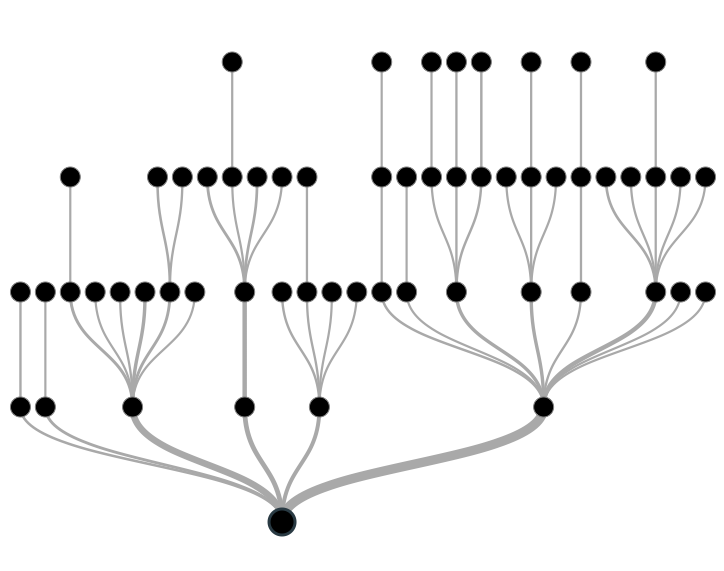
- Your team needs to understand the total vision for this product. You also want to prune your ideas like a tree. Test different avenues to figure out what is working what is not.
- Already read up on ‘user centred-design’
Embrace Constraint
Without constraint there is no design. Know the constraints that you have. The constraint can be what are the user constraints or computer constraints.
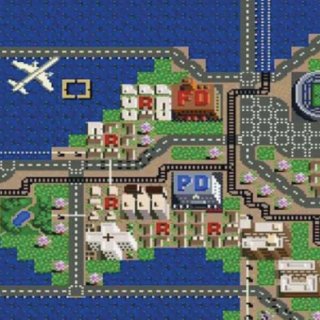
Design Beyond Zero-Sum Game
Both people can win! It doesn’t have to be violent to be fun. Will Wright was never really interested in zero sum. You don’t have to build the largest city. Certain players are just trying to build fun cities where their imagination can be invested. We are able to externalize imaginary world.

Game Ideas
Once you have a game idea, it’s more emotional = more important to you. Game designer can do any product area and it’s cool. Find your palette for exploration. Ant colonies are very intelligent. So take this into an approachable game because it has the potential to be very emotional.
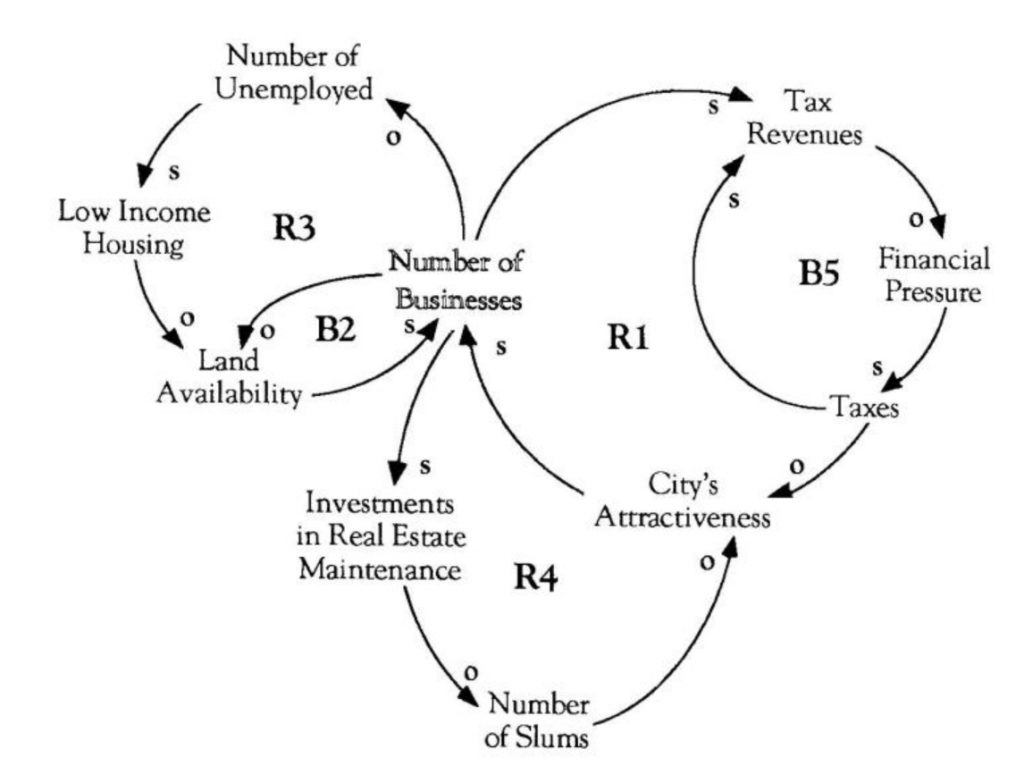
Research Without Limitations
You had to go to the library. For SimCity, Will Wright had actually started from another game idea which was an helicopter bombing game. Then he researched systems thinking and urban systems to support SimCity. You shouldn’t really look at the real world but rather other research that attempts to understand and describe that world.
The Sims looked at how we spend our lives. How do we improve ourselves. By delivering a speech in front of a mirror, by reading lots of books, your Sim improves their standing in the world. So the game reflects reality but is not a full simulation, it is a still very much a game.
- Thinking in Systems: A Primer, Donella H. Meadows. Chelsea Green Publishing, 2008.
- A Pattern Language, Christopher Alexander et al. Oxford University Press, 1977.
- Flow: The Psychology of Optimal Experience, Mihaly Csikszentmihalyi. Harper Collins, 2009.
- Urban Dynamics, Jay W. Forrester. Pegasus Communications, 1969.
- Maps of the Mind: Charts and Concepts of the Mind and its Labyrinths, Charles Hampden-Turner. Collier/Macmillan, 1982.
- The Ants, Bert Hölldobler and Edward O. Wilson. Belknap Press, 1990.
- Gaia: A New Look at Life on Earth, James Lovelock. Oxford University
- Press, 1979.
- The Ages of Gaia, James Lovelock. Oxford University Press, 1988.
- Reality Is Broken: Why Games Make Us Better and How They Can Change the World, Jane McGonigal. Penguin, 2011.
- The Medium Is the Massage: An Inventory of Effects, Marshall McLuhan. Gingko Press, 2001. The Society of Mind, Marvin Minsky. Simon & Schuster, 1988.
- Blood, Sweat, and Pixels, Jason Schreier. HarperCollins, 2017.
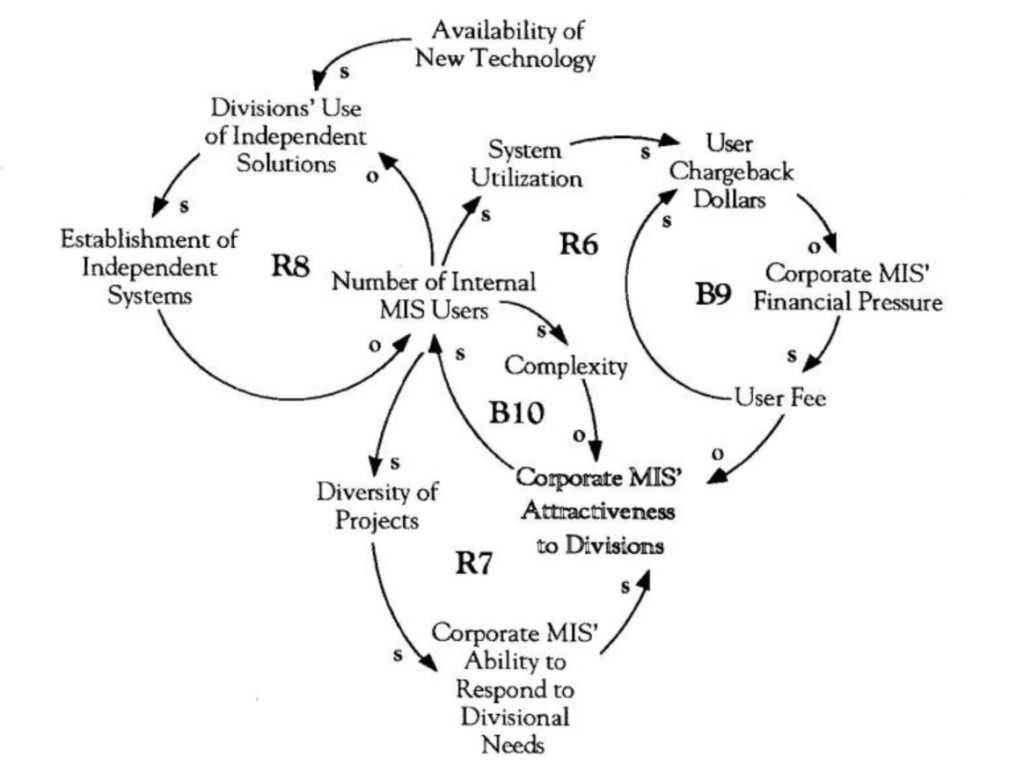
Zero In on A Concept
- Look at the components, look at the concepts. How do we think about perspectives. 2 or 3 ideas will gain tractions. Start designing your model. Once you have a general subject for a game you will need to look at different perspectives: for example if you interested in a stock trader, you might want to explore how a stock trader lives and works.
- For difficult design choices you will have to trust you gut. Will Wright was not sure about the appeal of The Sims but he knew it was interesting to him. Trust your gut. You should take any experience and should be able to find the interactive and interesting.

Coming Up with Ideas: Randomizer
Want to come up with a creative idea really quickly? Go on Wikipedia an click on the “random article” button. Read the articles that you find interesting…
Build A Tangible Model
- Find the fun in the game. Then try to figure out what are the parts that are fun. And build a compass in order to navigate the kind of tree.
- You should be prototyping the game at this stage. Turn the concept into the game. Prototype is a way to ask the interaction question: you might have a visualization or graphics question. You need to answer and interact with this and then talk to others.
- Figure out Where are the Failure States. How much difficulty is there with using this product.
- Answer specific questions for your user testers.
- Keeping an open mind is essential, read this story about Ojiro “Moppin”
The Interactive Process of Research > Simulation Prototypes (Paper or PPT or Graphical) > Game Play Prototypes
Here are some free and inexpensive engines for you to explore: Unity, Unreal, Gamemaker Studio, Twine, PuzzleScript, Godot, and HTML5.
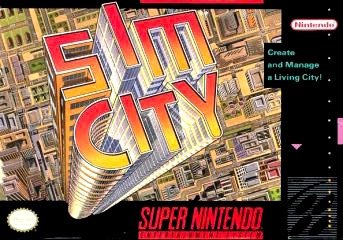
The Relationship Between Story and Games
We have our own little models of the world. And this influences our behaviour. It’s not really enough to build effective models of the world. Other methods:
1) Play: Toys: symbolic representations;
2) Story: Stories: friends learning;
- You have the toy experiences and other people’s experiences. We are able to build a better model of reality with the addition of new play and new stories.
- Cool stories you can deconstruct the universe and then play in them. Games with agency are very different. Will Wright believes you should enable users to tell the story: we fundamentally want to capturing. People want to express themselves through play.
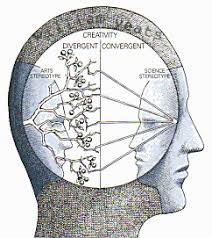
Design Player-Centred Experiences
- PT Barnum said “no entrepreneur went broke overestimating the intelligence of the American public.“
- You should try to build a mental model of your players head, according to Will Wright.. A magician plays with the mental model of his/her audience. When they use slight of hand to misdirect the audience.
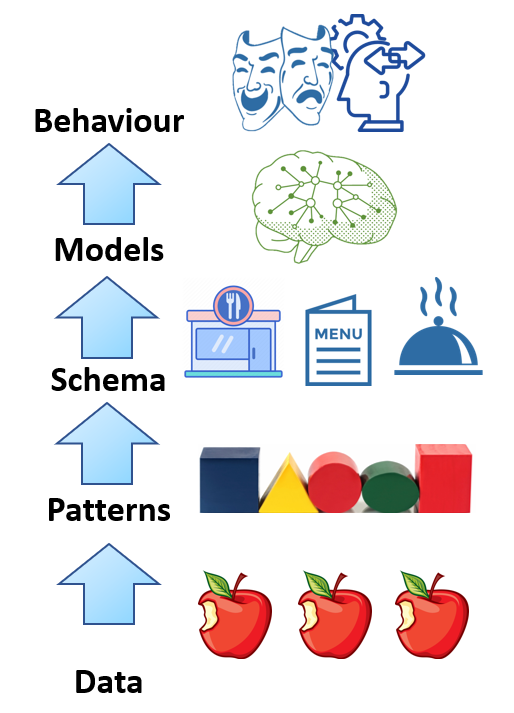
Human behaviour is derived from mental models / filters
I imagine what they think of me. They think of who they are from my perspective, often. We collect data through our senses. We identify patterns. We apply schema to organize experiences and predict outcomes. We are You observe what the hypothesis is and experiment and understand. All our models are played in the schemas (expectations, categorizations), and the model and the behaviour.
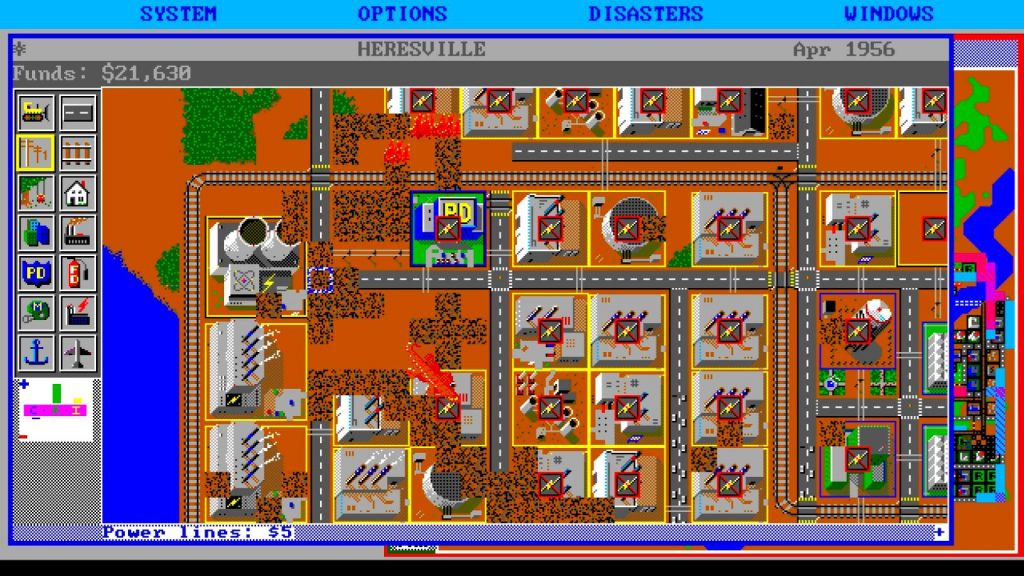
Allow your Mental Model to Diverge from Reality
SimCity doesn’t match reality. What is correct, versus what is entertaining? As an entertainment designer, a real city is much more political and not something fun. The real world of municipal government is not a game for Will Wright.
Motivate Your Player, Then Get Out of Their Way
If you can get players motivated. You follow your own games. Once you get motivated, then get out of the way. The most fun people have is when they can draw a cause effect with their actions and the outcome in the game.
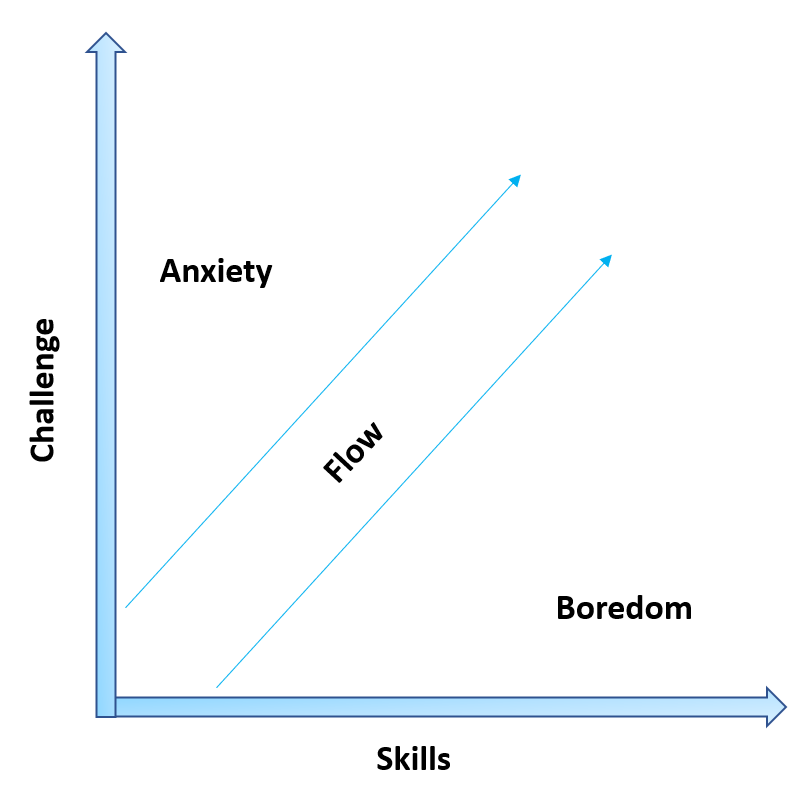
Enable a Flow State
- Your game can’t be anxiety inducing and not too boring as well. You want to make meet a flow state: a state of complete absorption in a task, characterized by a slowing of time and a loss of time.
- To get your players in the flow state you need to balance the difficulty of your game against the maximum ability of your ;layers. If there are fail states, they should be quick, make sense and factored into the next game loop.

Failure Is Helpful
There was a pottery class where one half of the class was told that their final grade would be determined by the quality of their best pottery. The other half of the class, their grade would be determined by how many pots they made. Of course the more pots you make the better you get at pottery. So the students that were graded by how many pottery projects they finished also tended to have the best quality pottery.Failure as long as it’s entertaining.
Design Nested Loops
You have success and failure. Learn from that longer loops of success and failure in the game. You want to understand the success and failure here. So then you have to have these success and failure loops. There is an orthogonal game loop; this is where some players actually build their own goals in the game.
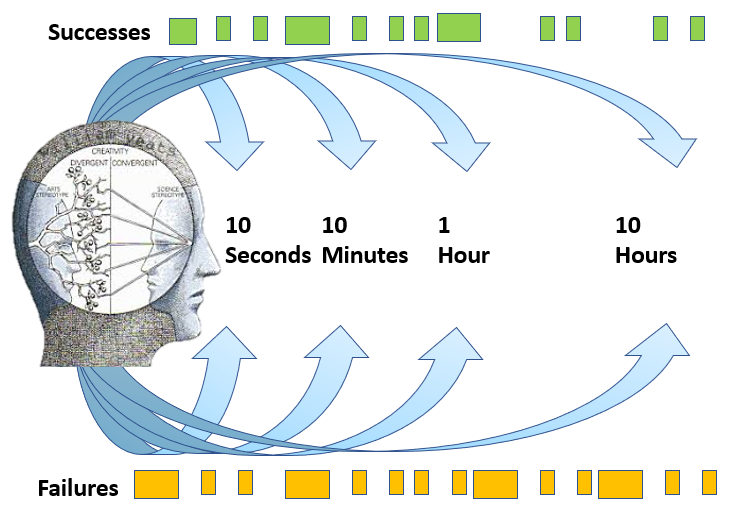
Make Failure Fun
- Will Wright always tries to have a lot of humour in the failure that the player experiences in his games. Make Failure Funny or at least somehwat Fun. That the accident is funny. Will Wright suggests that it is critical that you understand how the system actually works.
- The player can choose the goal state. There are sloops of achievement peaks. You want to catch the metrics on testing.
Develop the Games Language
- Don’t be afraid to use common metaphors and references to traditional games here.
- Use the language of your game to influence players behaviour.
- Develop a Game Language: the magic circle they are building a temporary community of games. Are you playing or not?
Rewards and Incentives
- There were weird easter eggs in your game? Good.
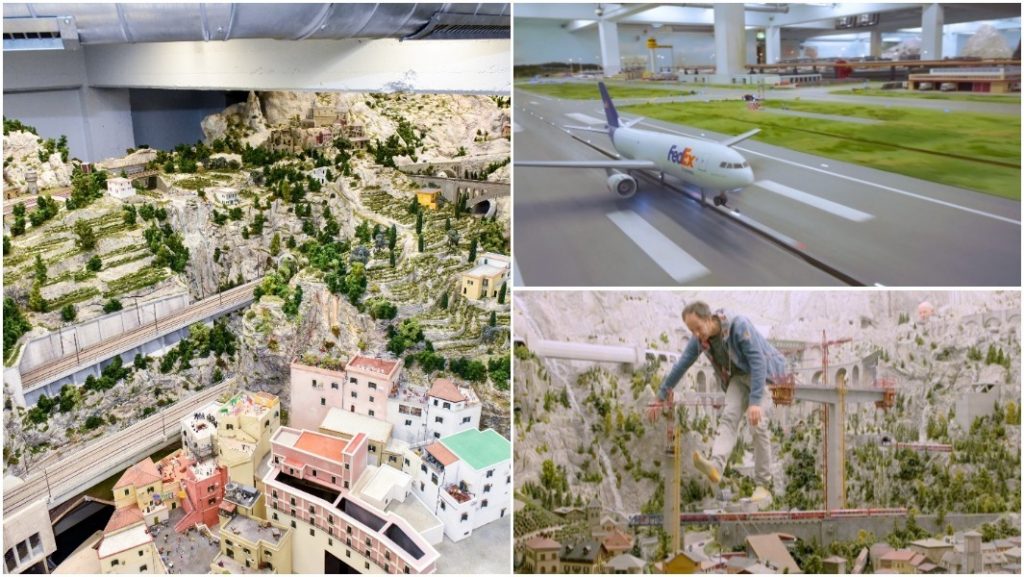
Reference Real World
- Use metaphors:
- The Sims is a doll house.
- SimCity is a train city.
- The metaphor of the trainset.


Designing a Visual Aesthetic
- The visual aesthetic is going to define the effect of the game. Look at fine art. Will Wright likes the toy-like feel and more playful and touch able.
This is a toy like model like. - Looking at the style of the 1950s comic book covers: the games of Spore was all about being fun.
- What can we do to have more involvement and where it is more fun.
Art director should try to give you choice; think about the alternatives.
Game Mechanics
- What is the locked door, what direction do you need to take to engage in the game. You should have a leaderboard or scoring system, you can add more difficulty to that process.
- There are overt rules. Control the player, your encounter the world.
- There are hidden rules: SimCity is actually really simple; The Sims don’t speak normal.
The user actually creates a causal; the players are imagining the simulation is better than they think.

Monte Carlo Method as a Shorthand for Statistics
- You throw darts on a board and see where they land. If you throw 100 darts then you will have a breakdown of where they land that can be statistically accurate. This can serve as an alternative to complex pixel counting.
- You want to ensure the player experience the signal, not the noise.
The player should always want to feel that it is their fault if they win or lose; agency is essential. The lack of agency in democracy is astounding. - Humour is absolutely essential to effective change in people’s minds. The only way to win an argument is to make people laugh.

Iteration and Scoping
- You should recognize when you’ve reached the summit of your local maxima of your design. You need to push to overcome that local maxima by making a dramatic change to find the better design elsewhere.
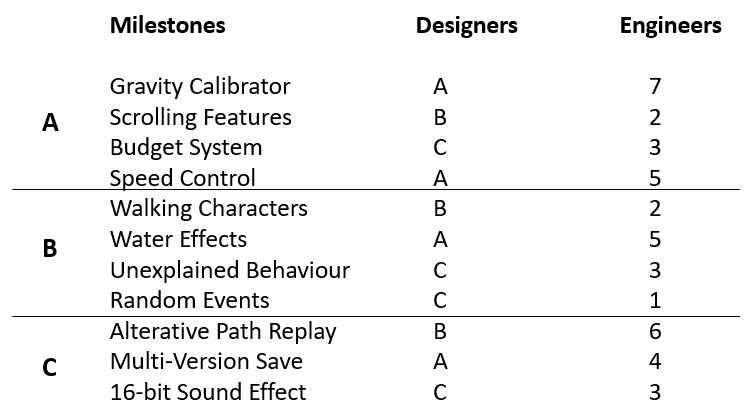
- Conduct ‘feature triage’ where your designers assign a priority value to a feature and then your engineers assign effort costs indicating the amount of time it will take to execute such a feature.You should be continually attacking the highest risk. You can then mitigate these different risk. You should try to prune the design tree.
- You need to explore really good games; There is this challenge where you have reached the maxima where if we move it slightly it will be worse. You want to find a slope.
When in doubt, double it
If you double it sometimes the idea that is prototype that you are building, you need to recognize failure and the move forward and Will Wright was working on a helicopter bombing game and was designing cities to bomb when suddenly he realized he was having more fun designing the cities. The cities that he was designing turned out to be the most interesting part hence the creation of SimCity.
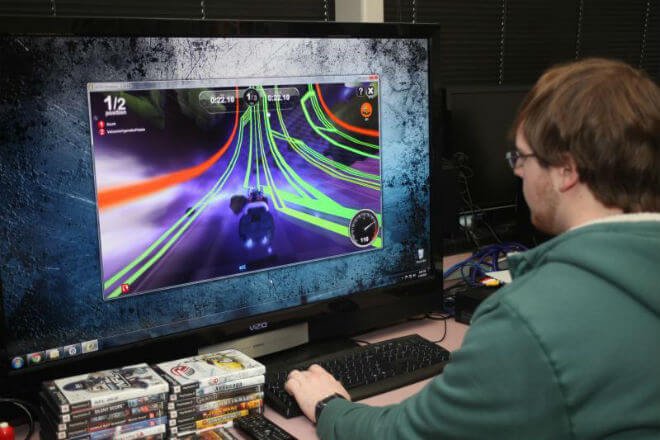
Playtesting / Kleenex Testing
You start UAT testing of the game. The user might come up with how something fix. Try “Kleenex Testing” just watch two people try to play your game. They will talk to each other about the game. They do not have any assumptions about the game… Find out how they play why they are not pressing the right button. They will explain what they think about the game. These types of testers are helpful, you have no intention of having they play again hence they are Kleenex testers. The model or filter can actually be very different from what I was thinking. Then you need to attack the risks of the user experience.

Steps in Playtesting
- Get your prototype to a point where the players can interact wit it without your impacting them by begin directly involved;
- Next, invite 3 groups to test. Gamers, non-gamer whatever.
- Group the players into demographic groups;
- Set up three copies of the game in the same room, have beverages and snacks ready;
- Offer a brief introduction;
- Rotate through the room with the designers, taking notes. Have the group puzzle through the game. Focus on their frustrations;
- Study the notes;
- Can that behaviour be used to enhance the game or not?
- How can your future designs maximize the feedback from this playtesting?
- What patterns did we observe?
- What fun was had and what frustration was expressed?
- Did we observe unexpected behaviours?
Early Testing versus User Testing
Decipher Underlying Problems: you need to do option of X, Y and Z.
Signal versus the Noise
- You want to see what all the problems that these users are having in common. If all these designers can see then:
- “Your garden is not complete until there is nothing else you can remove.” Japanese Proverb.
- If a player is playing until 5am then you know they love that game.
- You can capture metrics for player.
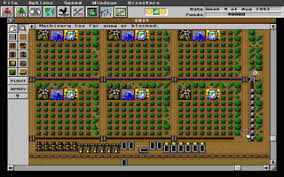
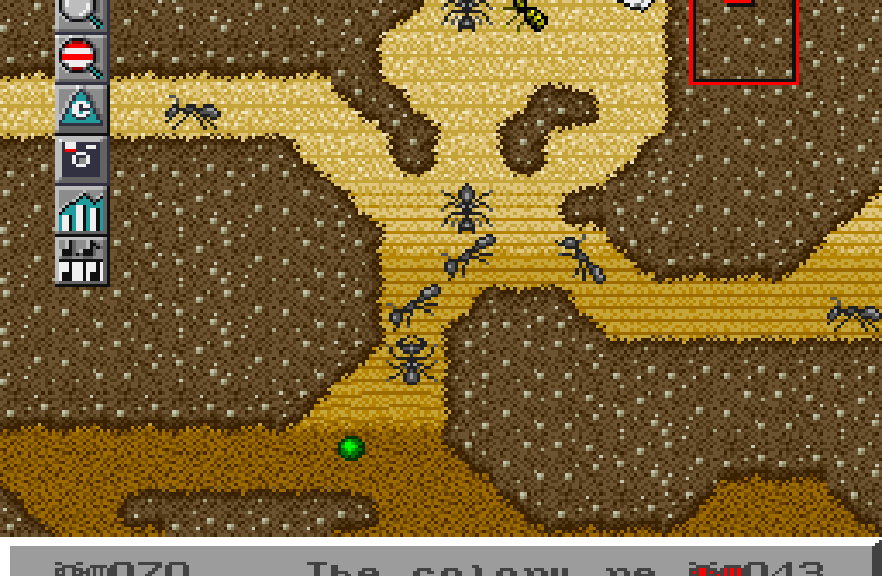
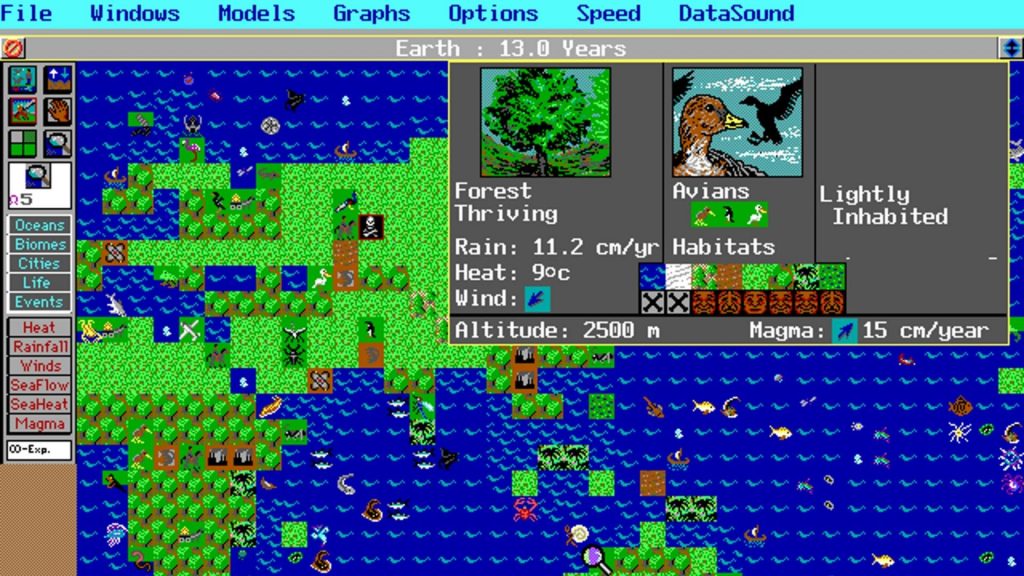
SimEarth, SimAnt and SimFarm
You could adjust the model, Will Wright got caught up in creating the perfectly complex models and saw that they didn’t really like that complexity. The Sims was simply fun because you could mess with the people. You should revisit the assumptions with the way people are interpreting what you have done.
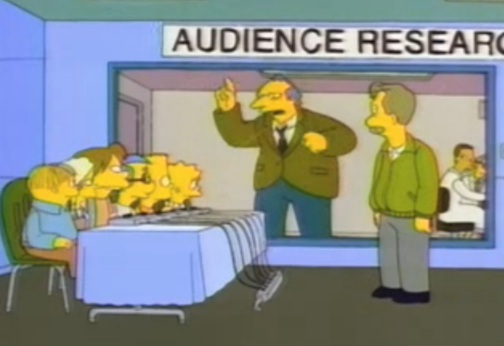
Focus Group Testing Is Bunk
Focus group testing s something that is kind of useless. It’s a big mistake to basically try to get your audience to design your game. They will frequently say what they think the interviewer wants them to say.
Sound Design is very powerful. Players will imagine that the game has better graphics because of the sound design. Film score music is incredibly powerful in effecting player perceiption. And it is a lot easier to prototype music than any other art so getting that right is both critical and very possible.
- Fall back on humour. Humour can make any error easier.
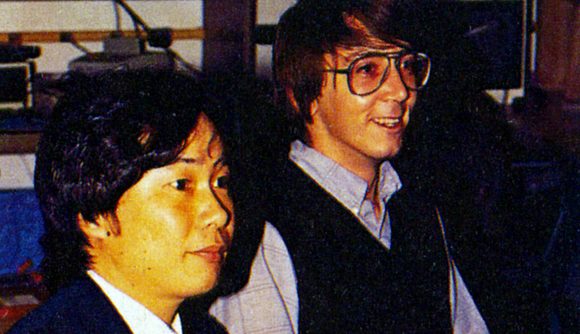
Pitch Early, Pitch Often
- The first game you design is your pitch.
- Explain your game to people, frequently. You should try to evolve the pitch by watching how people respond. You should try to refine the pitch as you progress. Verbally describe the game. You can pencil out a few details. You should try to pitch in your head. But also with the Sims, the Dollhouse didn’t make sense. You have to rethink, you have to learn to pitch for the consumer. People will start playing the game that you have described in their head as you describe it.
- Always Pitch the Feeling, how can I make them feel the best about the direction.
Pitching – Reference the Topic
Here’s why it’s cool to build a city. Talk about this is where YOU can do X. It makes this more interesting.

Pitching – Anticipating Questions
Why is that going to fun. People will try put you into a landscape of games this is just like X game. You can take this into a totally different direction by anticipating their questions. And reshaping their perception.
Pitching Tips
- Everything is going to build on it’s own merits. You have to be careful about talking about something that it is not trending. Do not try to catch the latest trend.
- There is no one-size fits all pitch. Your investors want to know that this will make them money.
- The potential team want to hear about something they would be interested in building it.
- Game journalists will want to hear about why your game is exciting and different.
- Refine your language based on your audience.
- Pitch from the perspective of the player.
- Master your log line, make sure your one line description of the game is spot on: Hotline Miami (Devolver Digital, 2012) “Hotline Miami is a high-octane action game overflowing with raw brutality, hard boiled gunplay, and skull-crushing close combat”
Common Mistakes
- Never talk about the genre. They tend to provide to much information.
- Don’t Fill In the Blanks: important to let the participant fill in the blanks themselves.

The Platform
Technology, the demographic and the type of gamer is critical in console development. Understand your game in relation to the types of platforms that most make sense.
- The iOS App Store and Steam has made innovation in gaming more easy;
- Player types have different expectations for what you are building and what they are willing to play;
- Don’t really on the hardware features of your platform of choice since you don’t want to be locked into one other the other.
- The Free to Play model only works if you have millions of players downloading your game since the conversion rate is about 5% to paying users. Whenever you encounter a micro-transactions in a game decide if you enjoy that or find it exploitative.
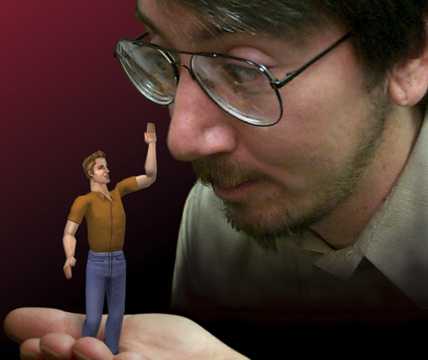
Consider the Economics
- You have to fundamentally think about something cool and only then choose to monetize it. Some people are uncomfortable with that. Do not lead with monetization, always lead with value creation first.
- Leadership: you should try to instill the design team to the team. You should try to find talent on the team.
- You don’t want to be wasting too much on meetings: group memory.
Look for Outspoken Collaborators
You want to have constructive meetings, you would have a cannery in the coal when someone asks a pointed question. You should stop the meeting at somepoint. Arbitrary time frames like 1 hour should be avoided just stop the meeting.
- Be comfortable with criticism
- Seek insights from your entire team
- Use a game design document to keep track of your project
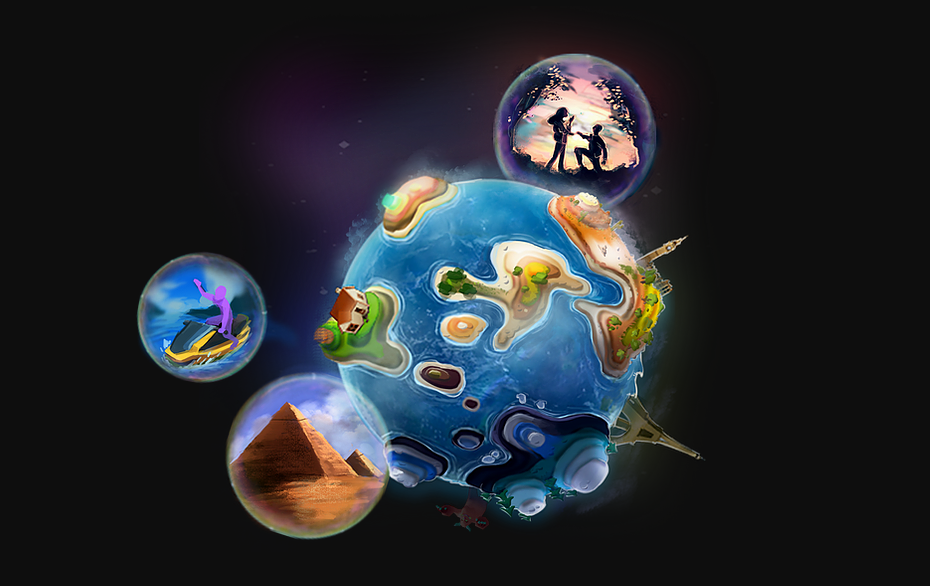
AI could Fundamentally Craft the Game
Neil Stephenson Diamond Age: the computer is customizing the game around you to make it more interesting and then have people that have a shared vision meeting each other.
Game Ideas – Be Open Minded
- Take a board game and add or subtract a few rules to see how it works.
- Think in systems…
- You will need to be open-minded to design the future. The best way to predict the future is to invent it.

